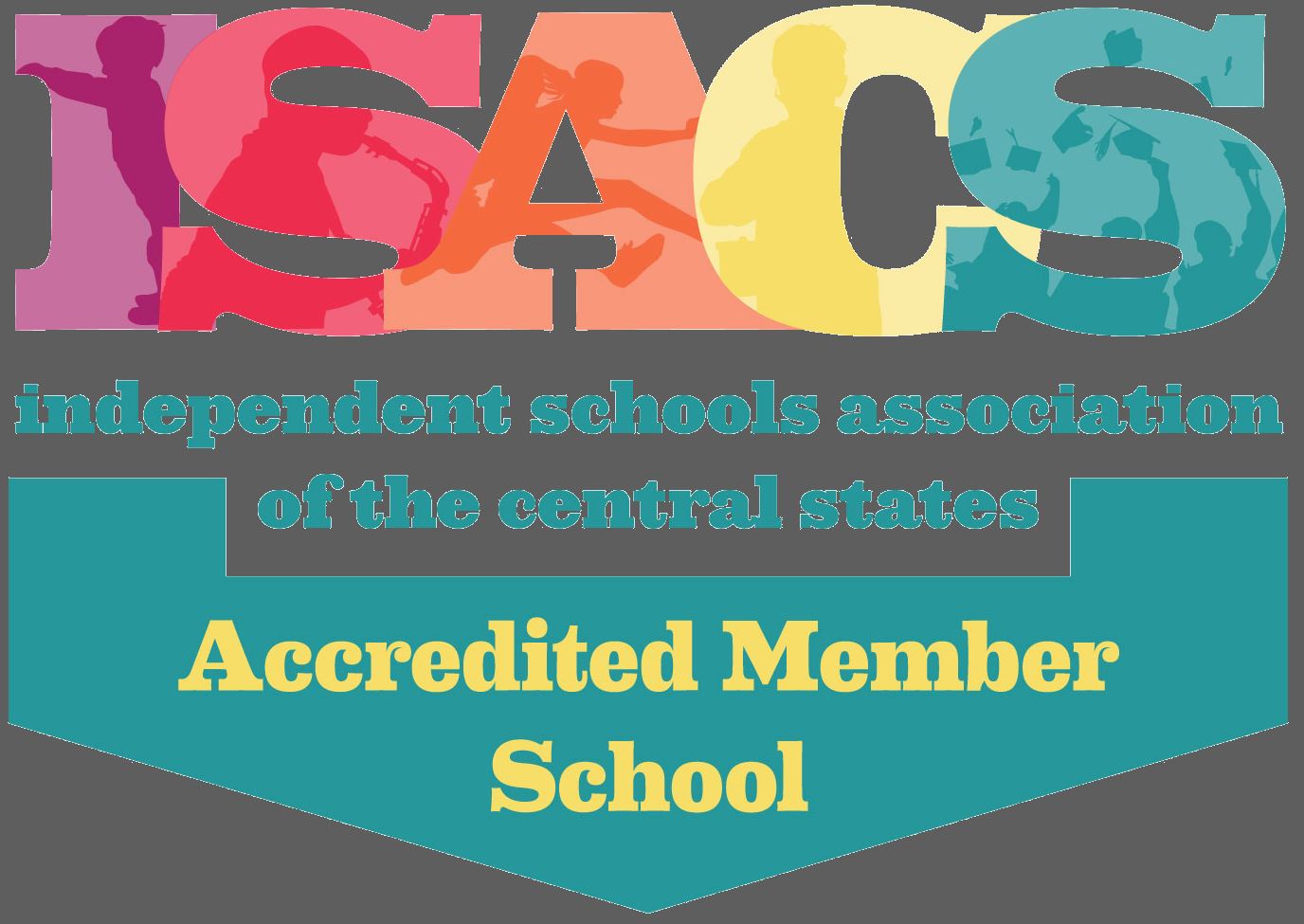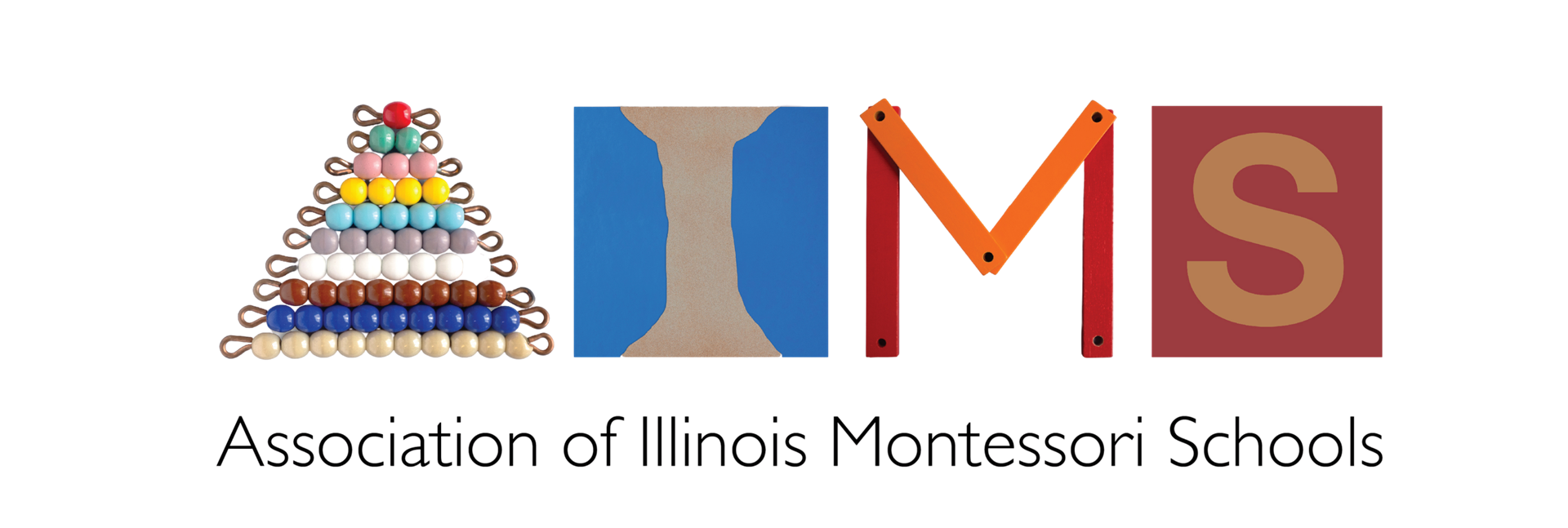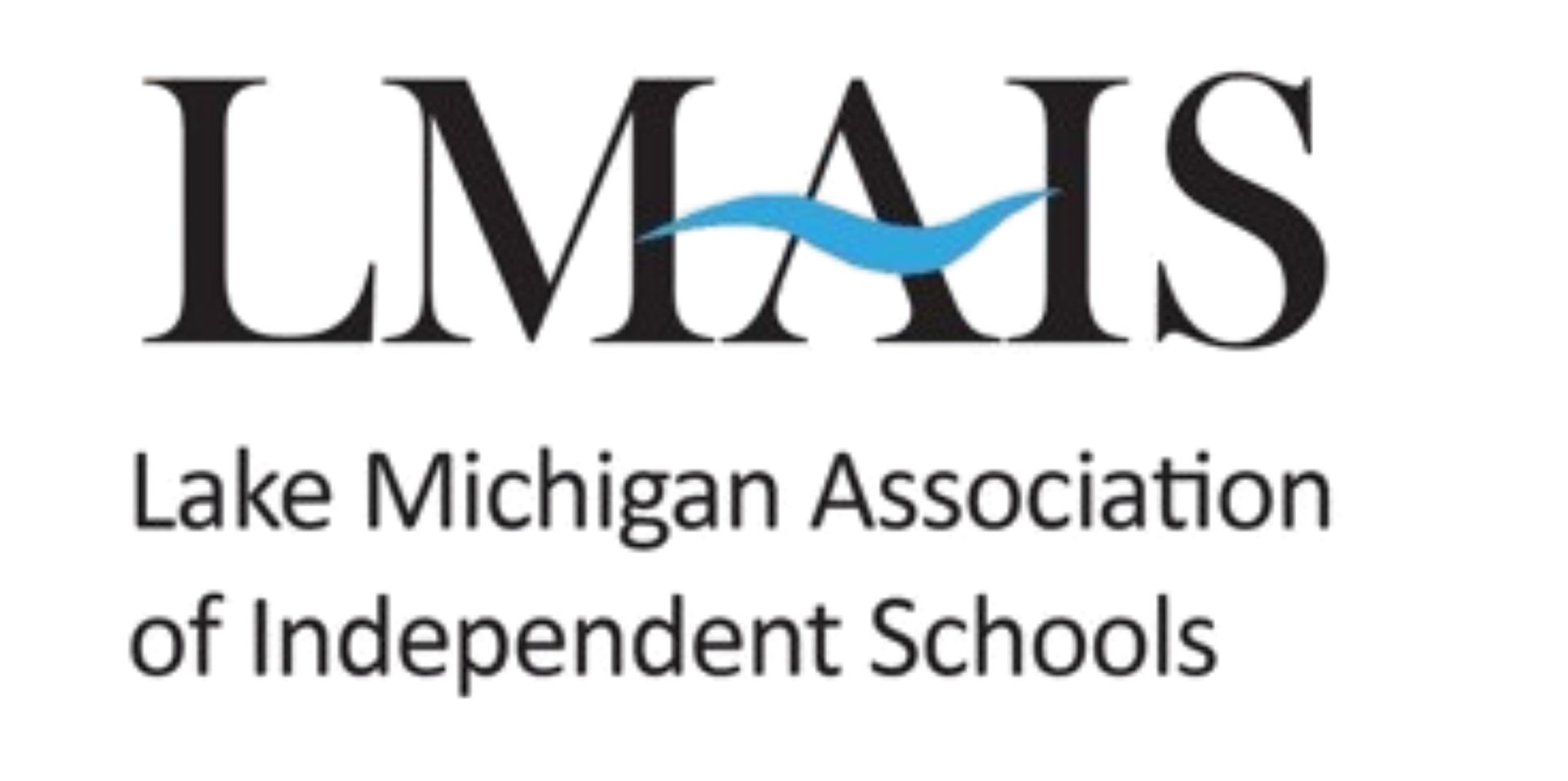< Watch more Montessori Defined
Montessori Defined: Prepared Environment
"The first aim of the prepared environment is, as far as it is possible, to render the growing child independent of the adult.”"
Dr. Maria Montessori
Maria Montessori firmly believed that children’s education relies on a triad of interconnected pieces: child, teacher, and environment. In this Rogers Park Montessori video, the environment as impactful in children’s education is explored in depth. Trained teachers and administrators share perspectives and thoughts on the role of the environment for our institution and for our students.
From an early age, even our toddlers’ classroom environments are carefully curated to promote independence and learning. Our focus is on building basic skills through both instruction and creating opportunities for learning. Materials are deliberately chosen to live on the shelves where students can access them. Observers immediately notice that all tables, chairs, cutlery, and cleaning tools are all child sized, ready for small toddler hands.
As students progress through our programs, from toddler to middle school, the environments grow with them. From a quick glimpse through the windows, observers can see the ways in which our Montessori environments support student centered learning. Students are able to make choices in a meaningful way. In the Children’s House classrooms, layers of complexity are added to the materials, leading students to understand symbols and sequences, nuances of tone, weight, and color, along with building foundational executive functioning skills. The independence exercised in the Children’s House environments leads to confident decision making and competent time management.
These classroom environments lead children to the belief that they can take charge of their own learning. By empowering students towards this ownership, Montessori educators help them to find ways to use the classroom environment to their own advantage. In this way, students develop problem solving strategies and guide themselves to areas of passion and curiosity. Resources sit on the child sized shelves waiting, whether for a teacher’s lesson, or a child’s gaze. Complex sets of manipulative materials sit next to simple hand tools, all ready for the child.
As students grow, so too do their responsibilities for maintaining the classroom environment. At Rogers Park Montessori School, we encourage families to enlist their children’s help in chores at home. That advice is lived out day to day in the classrooms. Students are responsible for wiping down tables, watering the plants, feeding classroom pets, and for cleaning up spills and messes as they are created. It’s important that the classrooms stay stocked with child sized cleaning materials and clean rags. Creating an atmosphere where a dropped glass of water or a spilled bucket of paint is just another piece of the day's work is intentionally seen through by the teachers.
At the end of each school day, teachers carefully reset the environments to be ready for children’s return the next day. Cyclically, new materials are placed on shelves for the students to keep things fresh as curriculum moves on to new topics. This work, invisible to the students and parents, is instrumental in maintaining a prepared environment for students.





